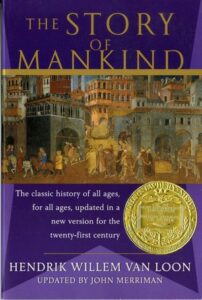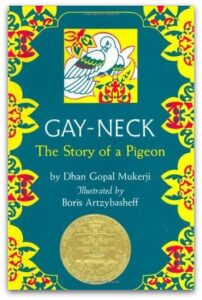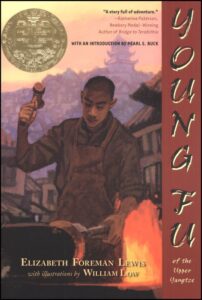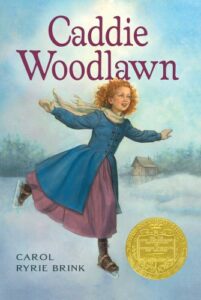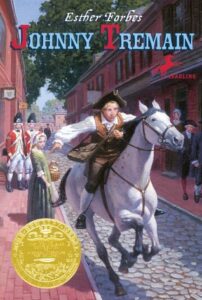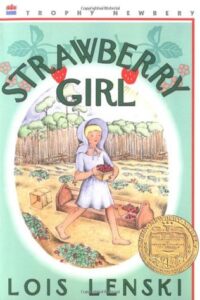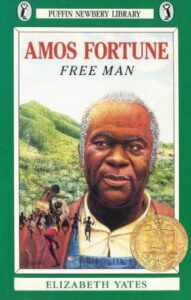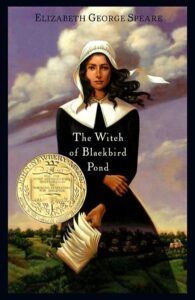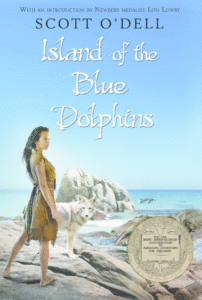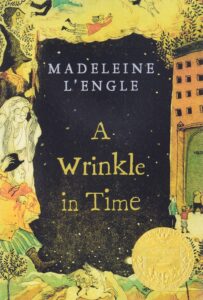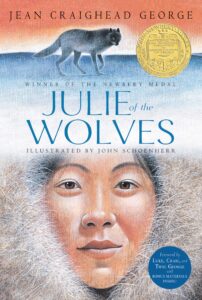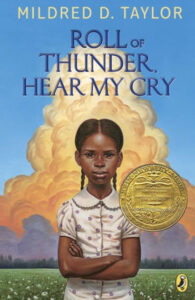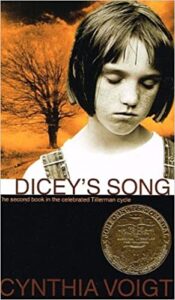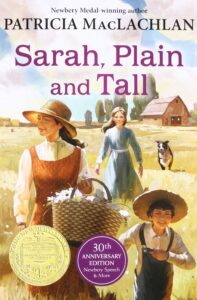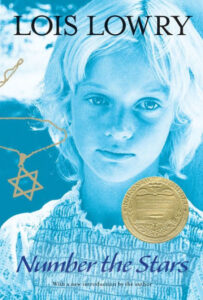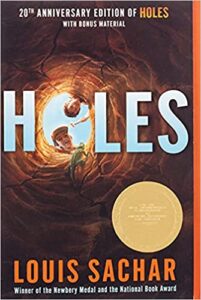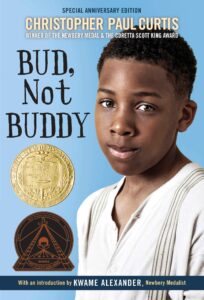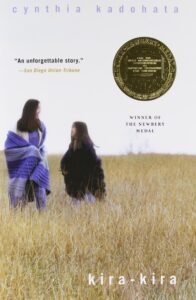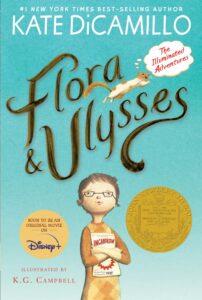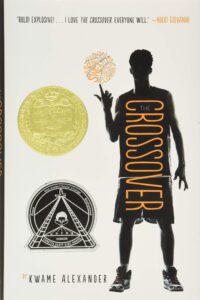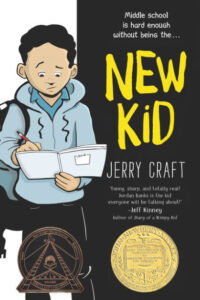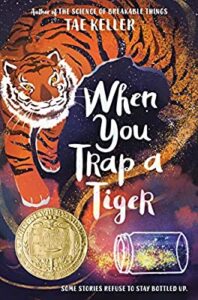The American Library Association has a list of Newbery Medal and Honor winners here
Creators can choose whether to post their work online with their name or anonymously. Alternatively, creators can provide a pseudonym in place of their name. Providing a name or pseudonym may help facilitate a search for submitted work, either online or in our archives.
If you are thinking about submitting anonymously, consider what other information you provide through your submission that might enable viewers to identify you. For instance, video footage, your hometown, or details about your family or life experiences may unintentionally provide enough information for your audience to identify who you are. This project uses codes, instead of names, to keep track of anonymous submissions. There is never an attempt to uncover who submitted anonymous work.
When you first submit, we store your files in a secure university server that is used to safeguard sensitive research data. It is accessible to only a handful of faculty and staff who are working directly on this project. We will sort through submissions to check which participants give us permission to be part of the archive. We will discard those submissions that we do not have permission to save. After we gather materials for the archive, we plan to store these works using secure tools provided by ALA archives, which is located at the University of Illinois Library. Eventually, we want anyone to be able to explore and access saved submissions online, at an archive webpage (to be built).
The American Library Association (ALA) archive, which is housed at the University of Illinois, collects papers and other objects connected to the Newbery and Caldecott awards including committee reports, press releases, correspondence (letters, postcards, etc.), photographs, and videos. Together, these materials help us to understand how the adults who created them thought about the Newbery Medal and the books and authors who have been honored by the award. But the archive’s holdings—the things the archive collects—do not tell us what young people have thought about the Newbery Medal over time. Even though these books are written for young people, their voices are mostly absent from the archive.
This project is designed to change that by inviting youth to share their papers, photographs, and videos—anything that helps us to understand what today’s kids and teens think of the Newbery and its books, past and present. We know that books can be formative to young people’s sense of identity and view of the world. This project points the way to giving more serious and systematic attention to what winning books mean to their primary intended audience of readers.
This is important. Why? Historians use archives to understand what happened in the past and to make hypotheses about how and why. But objects, including writing and artwork, that were created by children and teens are greatly underrepresented in institutions that have been designed to preserve the past. This practice distorts the way we can understand history because it creates a record with no evidence from a significant portion of the population: youth. (Consider: how much space in your history textbooks is devoted to how children lived in the past?). Join us in helping to correct the record, at least in connection to the Newbery, by sharing your thoughts, ideas, and insights!
There are many different people who might want to see submissions, including children and their families and friends, now and in years to come. People also use these materials to conduct research. Educators may want to understand why young people like or dislike particular books, or what motivates children to love reading. They may find your work inspiring for designing creative class assignments, or want to share your work with their students.
This archive is like a time capsule. Historians may want to understand what children in our era thought about their books, or investigate the lives of the young people alive today. While the everyday experiences of young people may not seem like history, or seem important enough to save, for that very reason, they are incredibly valuable and unique historical records.
Yes, people of all ages can submit their work using the same process. Although adults can produce the same kind of work as children (art, stories, etc.), some materials are unique to adults and valuable for that reason. Adults may have saved projects made as a child, including letters to authors, crafts, reports, and essays, which they can scan for submission. Educators and librarians may have lesson plans, curriculum materials, or reflections on how their teaching of Newbery books has changed over time. Parents may want to reflect on their experience reading a Newbery book as a child or revisiting the same title as an adult (or with a young person). Whatever approach, please enter the current age of the submitter. There is a field in the questionnaire for providing more context, such as why the work was created and at what age.
Some adults might co-create submissions with a child. These works can be submitted using the child’s name, with clarification about the collaboration in the questionnaire field for “more information.” Using the child’s name will ensure that a guardian provides permission to post and store the work.
We’ve got you covered! You can find resources here.
